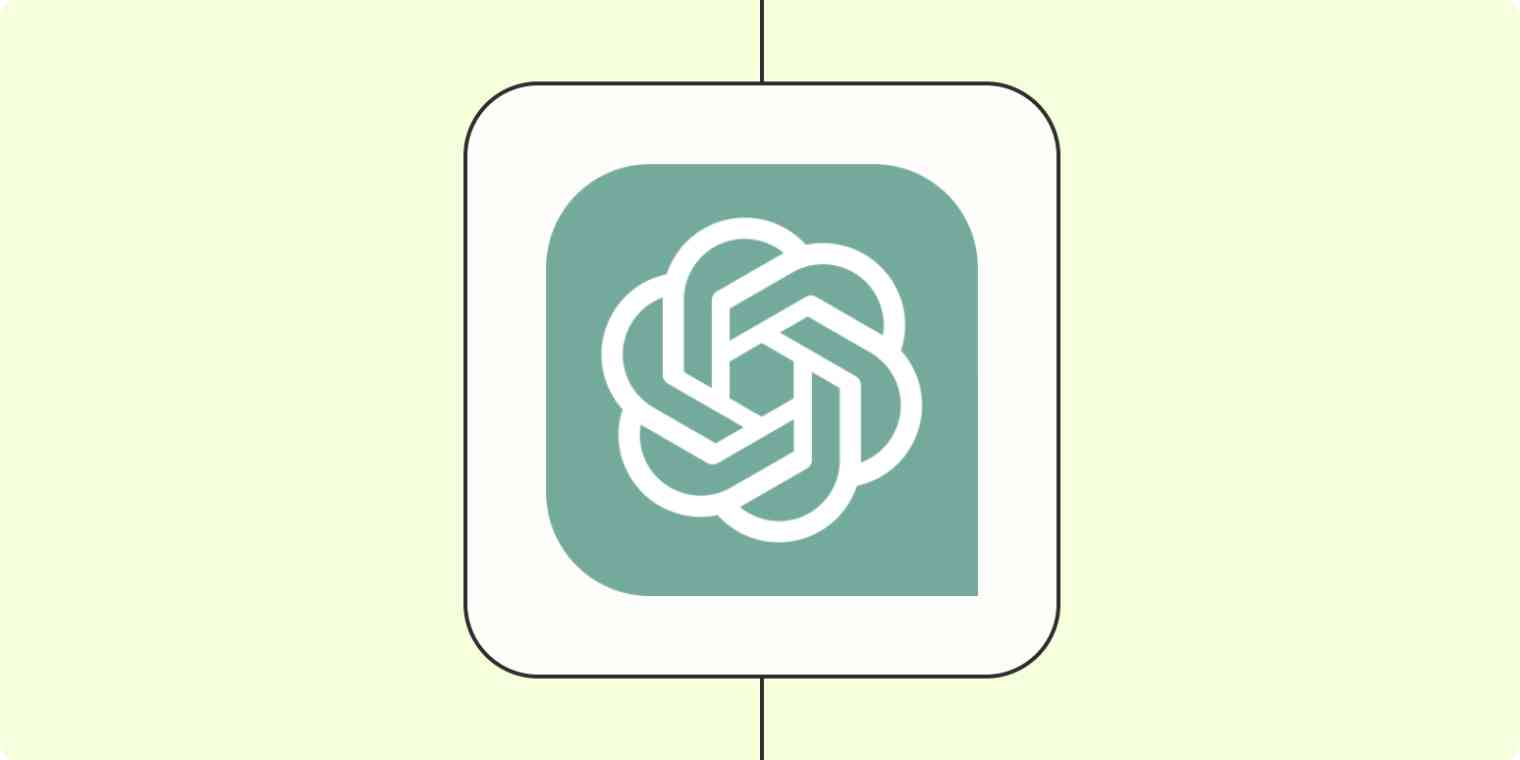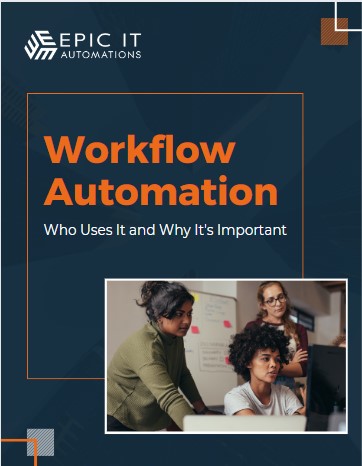Digital transformation is affecting pretty much everything right now, and companies are being forced to adapt. But guess what? Software as a Service (SaaS) solutions might help them with all the changes.
If you read about trends and technology, you have surely heard about digital transformation or at least browsed through articles that talk about it.
The problem is, many companies that claim to have gone digital, have not properly carried out the process.
Digital transformation is not about building an app or joining social media.
It is about going completely digital. It is a structural change that involves inserting technology in all areas of your company.
This reality has already been adopted by many SaaS companies, which are often examples of businesses that find it easy to transform themselves digitally.
The simplification and optimization of internal processes are much more recurrent when using software as a service.
Plus, SaaS is web-based and more flexible as customer behavior changes.
So, in this article, you will see the benefits of digital transformation (with examples of successful companies) and how to change with the help of SaaS.
Check it out!
A New Business Model
Digital transformation is more than simply employing SaaS and expecting achievements to come without effort.
Organizations that invest in digital transformation and successfully drive it forward are growth-oriented and willing to put in the time and effort to make internal changes.
This is because technology doesn’t wait. It is always evolving, and society keeps up with its new possibilities.
This factor forces companies to start thinking from the inside out.
- How do I put the customer at the center of my strategy?
- How can I improve the customer experience?
- What change is needed to improve retention?
- How do I listen to my customers and deliver value?
These questions loom large in the minds of leaders responsible for digital business transformation.
And they really need to be considered.
Companies that decide to migrate to this new model have to change how they operate and the interplay of their functions.
This is especially necessary for the SaaS model, where technology is central, and the impact is more potent.
Benefits Of SaaS For Digital Transformation
As you can see, customer needs are not the only thing that is changing really fast.
Technological innovations are also arriving at high speed, and SaaS provides organizations with a cloud-oriented mindset.
This perspective enables business leaders to create solutions at scale together with the IT and Marketing teams.
Learn about some of the many benefits SaaS brings to digital transformation:
Cost Structure
Many organizations are in a situation where they can afford an ongoing structural cost but may struggle with huge upfront payments.
SaaS allows organizations the flexibility to pay for advanced technology within their operating budget, increasing the chances of approval for transformative projects.
Growth Possibility
Cloud-based software delivery allows even smaller organizations to become players.
As the cost of data storage continues to decrease, SaaS may be the biggest game-changer in business, offering greater growth opportunities to companies of all sizes.
Agile Change
Having the flexibility to make quick changes in your strategy is not an easy task in traditional software models and can include more than 12 to 18 months of scoping, contract negotiation, and finally, development.
With SaaS, new off-the-shelf features can be activated and configured quickly, promoting a reduced time to achieve higher ROI rates.
Scalable
Again, SaaS provides organizations with the ability to start with smaller budgets and scale quickly.
It also allows seasonal organizations to scale down for a certain period of the year and scale up quickly as needed when business picks up.
This would be nearly impossible to structure with traditional software collections.
Furthermore, SaaS uses traceable and measurable functionalities to understand which would be the best investment at any point in time.
Markets With SaaS-Based Digital Transformation
Several companies we know have taken advantage of this model to perform their digital transformations.
These companies are not only technology companies, and you probably know a few that we are going to mention throughout this article.
Various sectors are embracing the possibilities that technological advancement has brought us to change the way they work.
Let’s get to know some of them:
Industries
Businesses such as Uber brought a new mobility concept that affected several chains.
Car manufacturing companies that didn’t want to be left behind started to invest in the subscription car service.
Through an app, the user can purchase a high-end car and exchange it every 12 months, paying only a monthly fee.
Smartphone companies are already doing this as well.
Apple, for example, has the iPhone Upgrade Program, which allows you to exchange your phone every year for the newest model.
Quick delivery companies like Postmates, instant-read book services like 12min, and online movie consumption platforms like Netflix are making a difference.
And many other businesses are emerging on a daily basis to revolutionize industries.
Even the way we communicate has changed dramatically in the last ten years.
Instead of picking up a phone to contact someone, you are much more likely to send a message on social media, WhatsApp, or even Skype.
Therefore, leaders in these industries must be agile and able to change with customer demand — making the SaaS model so attractive.
Insurance Companies
Companies’ willingness to adopt SaaS depends on their comfort with data security, which is particularly true for insurance companies.
However, as cloud providers have increased investment in security and scalability over the past years, customers and prospects are becoming highly confident.
For instance, Microsoft alone invests over a billion dollars a year in security research and development.
With market speed, some insurers are completing digital transformation projects in months, not years.
In addition, they are launching new cloud products and segments — whether IT augmentation or the so-called “greenfield” opportunities — that are going into production even faster.
Another benefit relates to the fact that technology is constantly evolving.
Maintenance and upgrades are time-consuming and can have unintended consequences for systems, which can severely disincentive innovation.
In a mature SaaS environment, where the provider manages the maintenance, updates, and integrations, these problems do not arise.
So insurance companies reap the rewards of digital transformation almost immediately.
Financial
Although the financial services industry has traditionally been at the forefront of technological change, this sector has been cautious about adopting the cloud because of its data.
However, as the roles of the Chief Information Officer (CIO) have changed dramatically to strategically align IT with digital transformation, the overall goals of the entire enterprise are shifting.
In this context, using the cloud has become a priority.
With SaaS, finance professionals can:
- Better manage their savings.
- Easily migrate to better systems.
- Increase mobility and agility.
- Improve operational efficiencies.
- Focus on business results.
It’s no wonder that the public cloud market is set to reach US $597 billion by 2023.
These significant investments are proving instrumental in bringing cloud-based software-as-a-service solutions to market, designed to meet the specific needs of users in the financial sector.
How To Do Digital Transformation With SaaS
Learn how your company can accomplish the digital transformation of your business with SaaS:
On-Demand Self Service
Organizations are rethinking their business models for the fast-paced digital age.
On-demand self-service models are creating new digital routes and services for consumers. Spotify, for example, offers music on-demand, Netflix offers video streaming services, and Uber offers mobility services.
Broader Access For Consumers
Consumers are connected via cell phones, tablets, laptops, and desktops. An online service model addresses all of these customers using an integrated platform.
This approach is convenient and easy for consumers, leading to widespread adoption across all geographic locations.
Speed And Scalability
The on-demand service model enables user applications to utilize resources in direct proportion to customer requirements.
Resources such as networks, servers, storage, and services can be scaled up or down depending on the application’s needs.
Measure And Configure Services
With on-demand services, customers pay only for what they use. Enterprises can also measure their service usage.
Therefore, a measured service allows an enterprise to examine resource usage, billing, and capacity planning, and to think proactively about the application’s use.
Site Independence
With software as a service, there are no restrictions on the location of customers. The service provider can choose and configure the options.
In addition, customers all over the world can access the same services. For example, media and news companies can use digital channels for expansion between locations. This allows users to access digital news from any place.
Integrated Data
The on-demand service model allows companies to integrate all application data. This integrated data is crucial for standards and information control.
Performance targets, customer service, and complete administrative activities can be planned using such data. For instance, you can extract information to look for user age groups, locations, times of frequent use, complaints, and more.
Infrastructure And Security Layer
The cloud infrastructure layer can be provisioned depending on the requirements of the enterprise’s applications and services.
With cloud capabilities, companies can reduce the IT infrastructure and the staff needed to manage them.
Another important issue is that you can achieve application security with the right cloud infrastructure, with security policies for access, permission, and identity management.
Seamless Integrations Of Legacy Systems
Companies are looking for digital ways to optimize their processes. When services are new and you try to introduce them into business processes, it is vital to integrate legacy systems and their data.
This happens, for example, when a real estate rental company starts using digital contracts and electronically signed documentation for leasing its properties.
All lease renewals, rent payments, and documentation now run on cloud-based services. In this context, data from legacy systems also account for the seamless transition.
Continuous Updates And Evolution
Digital transformation is a continuous process. Tools and technologies change frequently, and companies need to keep up with the changing times.
With SaaS, organizations can continuously update their services. In addition, updates and enhancements can be enjoyed by customers at once without significant downtime for the company.
Experimentation And Innovation
Innovation is a dire need in the business world, especially when waves of digitalization constantly challenge businesses.
On-demand services and cloud software make room for experimentation and innovation that encompasses new technologies.
Companies are using the SaaS model to reshape their existing products and services. They apply digital innovations to deliver customized experiences, enriching customer interactions and transforming their enterprises.
Ready For Digital Transformation?
As you can see, technology is a strong ally in the process of improving your marketing efforts if used effectively. Contact Epic IT Automations to access interesting insights on how to strengthen your marking strategies through technology! With our insight and highly trained staff, you can maximize the efficiency of your business workflow through successful digital transformation and effectively using SaaS solutions. Give us a call at (608) 496-8660 to discuss your needs with one of our team members.
Source: rockcontent








